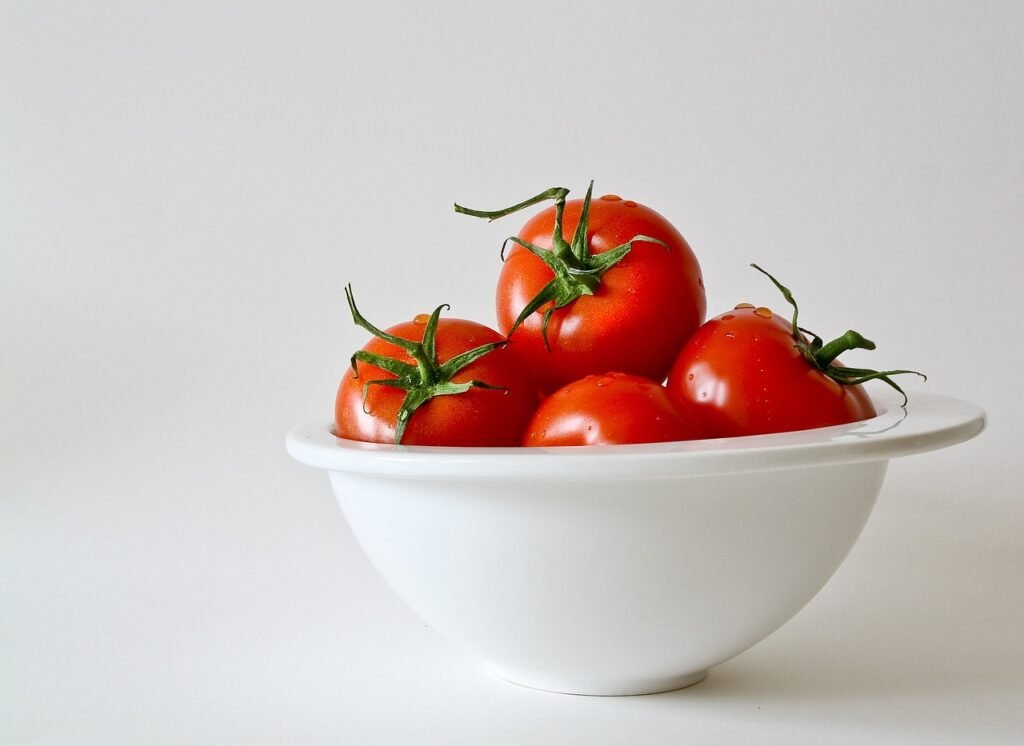What Is Ketchup?
Rich and acidic, ketchup is a sauce that is revered all around the world and adds taste and zing to various foods. Originating from China, the original versions were fish-based. However, the modern incarnation we know and love is made from tomatoes, giving it that iconic red hue.
Who Was the Ketchup Creator?
Henry J. Heinz is credited for propelling ketchup by getting it to the people in the last piece of the 1800s. Arranged tomatoes, vinegar, sugar, and flavors were wisely joined to make a fixing that would rapidly change into a staple on supper tables starting with one side of the planet and then onto the next.
Ingredients
Tomato Ketchup Recipe

2 (28-ounce) cans of crushed tomatoes
½ cup water, divided
⅔ cup white sugar
¾ cup distilled white vinegar
1 teaspoon onion powder
½ teaspoon garlic powder
1 ¾ teaspoons salt
⅛ teaspoon celery salt
⅛ teaspoon mustard powder
¼ teaspoon finely ground dark pepper
¼ teaspoon cayenne pepper, or to taste
1 whole clove
These carefully chosen components serve as the basis for a delectable handmade ketchup that perfectly balances tanginess, sweetness, and savory undertones. These straightforward but tasty ingredients will set you up for a delicious culinary journey.
Homemade Ketchup Ingredients
Tomatoes
To achieve that authentic ketchup flavor and texture, start with crushed tomatoes. This sets this recipe apart from others that rely on tomato paste.
Vinegar
For ketchup, distilled white vinegar is a need. It gives your hand-crafted creation its unmistakable tartness and delays its timeframe of realistic usability.
Sugar
White sugar is utilized to balance the corrosiveness of tomatoes and vinegar. As well as lessening the pungency, this fixing provides your ketchup with a weak smidgen of pleasantness.
Spices and Seasonings
Elevate your homemade ketchup with a blend of spices and seasonings:
Onion Powder: Gives the flavor profile a heavenly extravagance.
Garlic Powder: Provides the ketchup with a smidgen of garlic flavor.
Salt: Fills in as a characteristic additive and further develops flavor by and large.
Celery Salt: Gives the mixture a subtle herbal note.
Ground Black Pepper: Contributes a touch of heat and depth.
Mustard Powder: Brings a hint of pungency to the ketchup.
One Whole Clove: Offers a subtle and aromatic undertone to the final product.
Directions
After collecting your provisions, cautiously adhere to the guidelines to make the best hand-crafted ketchup. Enjoy the method involved with transforming these fundamental fixings into a heavenly sauce that will upgrade your dishes.
Prepare to appreciate the remarkable mix of tartness, pleasantness, and appetizing goodness that custom-made ketchup brings to your table. Your taste buds are in for a treat!
How to Concoct Ketchup

We forgo the bother of stovetop cooking in favor of the comfort of a slow cooker in this simple-to-follow recipe. Not only does using a Crock-Pot simplify the procedure, but it also ensures that ideal, thick consistency with very little work. Below is the full step-by-step guide to crafting your ketchup masterpiece:
Overview
Pour and Mix:
Start by pouring the tomatoes into the slow cooker. For each can, add ¼ cup of water to the mix. This simple combination sets the stage for the rich, flavorful ketchup.
Add Spices and Seasonings:
Upgrade the taste with a mix of flavors and flavors. Whether it’s the exquisite profundity of onion powder, the gentle garlic quintessence from garlic powder, or the nuanced natural note from celery salt, every fixing assumes a significant part.
Stir to Combine:
Give the fixings a decent mix to guarantee an even dispersion of flavors. This step is vital to accomplishing an even and delightful ketchup.
Cook Uncovered on High:
Set your slow cooker to high heat and let the magic happen. Allow the mixture to cook uncovered for approximately 10 to 12 hours. Stirring frequently ensures that the ketchup reaches the desired reduced and thickened state.
Smooth with Immersion Blender:
When the cooking system is finished, utilize a drenching blender to accomplish that plush surface. This step adds a bit of artfulness to your natively constructed ketchup.
Strain for Perfection:
To remove any remaining texture or seeds, strain the ketchup. This last step guarantees a smooth, knot-free consistency that will hoist your culinary manifestations.
Participate in Your Prizes for such a lot of difficult work
Now that you’ve followed these basic advances, you’re prepared to partake in the rich, tasty ketchup you’ve made. Whether it’s for plunging, spreading, or improving your #1 dishes, your natively constructed ketchup makes certain to dazzle.
Ditch the stove and embrace the ease of slow-cooker ketchup-making. The result?A sauce that is fabulous as well as mirrors the work you put into making something genuinely exceptional.
Does Ketchup Should Be Refrigerated?
Indeed, custom-made ketchup ought to be refrigerated to guarantee its newness and lifespan. Putting away it in the fridge forestalls decay and keeps up with its flavor.
Could You at any point Freeze Ketchup?
Absolutely! If you’ve made a huge cluster or have any desire to store it for a lengthy period, freezing is a suitable choice. Utilize sealed shut holders, leaving some space for development, and freeze for as long as a half year.
Conclusion
Explore the realm of homemade ketchup and release your inner culinary artist. Making this famous condiment lets you enjoy the flavors of authenticity and freshness, taking your meals to new levels.


2 thoughts on “Tomato Ketchup Recipe: Unleashing the Art of Homemade Ketchup”